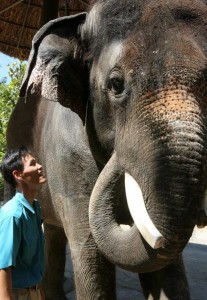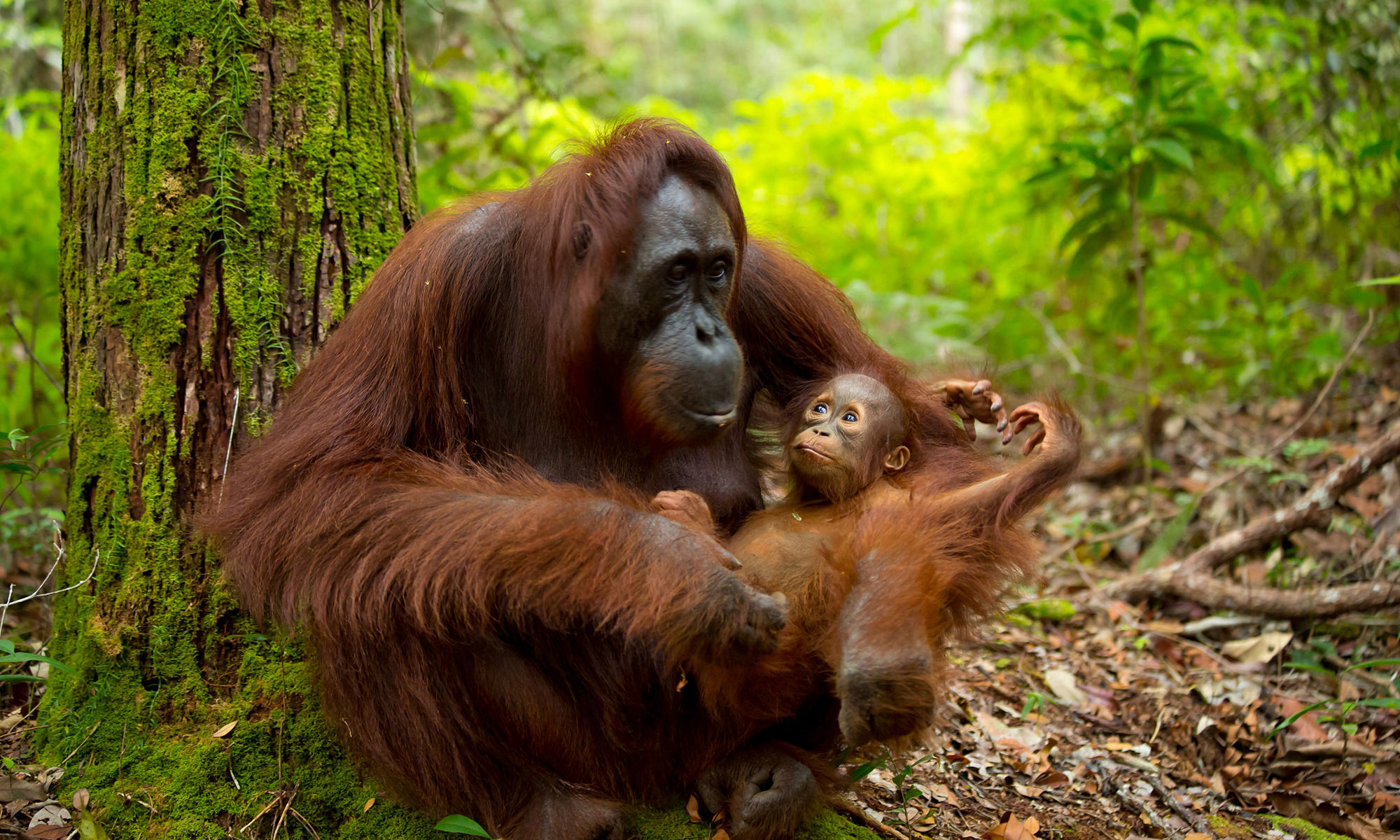So, it’s not just the researchers working with beluga whales who have been hearing voices. A remarkable new study in Current Biology has documented the first case of an elephant reproducing the sounds of spoken human language.

Koshik, an Asian elephant living at a South Korean Zoo, is capable of reproducing at least 5 different words he regularly hears from people, including his primary caregiver and trainer. These vocalizations are unlike any naturally produced sounds made by Asian elephants. It’s unclear exactly how his ability emerged, but Korean speakers reliably understood the words produced by Koshik when they listented to audio recordings.
Of particular interest is the way the sounds are produced. Koshik places the tip of his trunk in his mouth, manipulating his vocal tract to assist in forming the words. This method of vocal control has never before been documented in any species. To see and hear more, visit the story produced by NPR.
Koshik appears to be the first elephant documented to spontaneously reproduce human speech – although there are anecdotal reports from the early 1980’s of the same phenomenon with an elephant named Batyr living in a zoo in Kazakhstan.
However, Koshik is not the first elephant to demonstrate vocal mimicry. In 2005, Poole et al. reported that two African elephants showed vocal learning. The first was able to approximate (of all things) the sound of passing trucks. The second elephant mimic was a male living with two Asian female elephants at a Swiss Zoo. He learned to produce the typical chirping vocalizations made by Asians that he regulalry heard from his companions.
It’s worth noting that our understanding of natural elephant vocalizations was revolutionized in 1986 when Payne et al. reported the discovery of infrasonic communication by Asian elephants – sounds made almost completely below the range of human hearing. Prior to that, this type of communication among elephants was unknown. Soon after, specifics about how African elephants used these same communicative abilities were described by Poole and her colleagues.
So, it’s not just parrots (and several other species of birds) that we should include on the list of spontaneous mimics of human speech. We can now add elephants, as well as beluga whales and harbor seals.
Perhaps the bigger question is why should they do this at all? There’s no definitive explanation, even for parrots. Vocal mimicry might just be play, or a way to create and maintain social bonds. For wild parrots, some have suggested it’s a way to make a patch of habitat sound more crowded to potential competitors who might want to move in. Of course, it may be a combination of factors, or something we haven’t yet considered at all.
But it’s clear that elephants continue to surprise and fascinate. This recent paper reminds us that they are studying us while we continue to strive to understand them.
